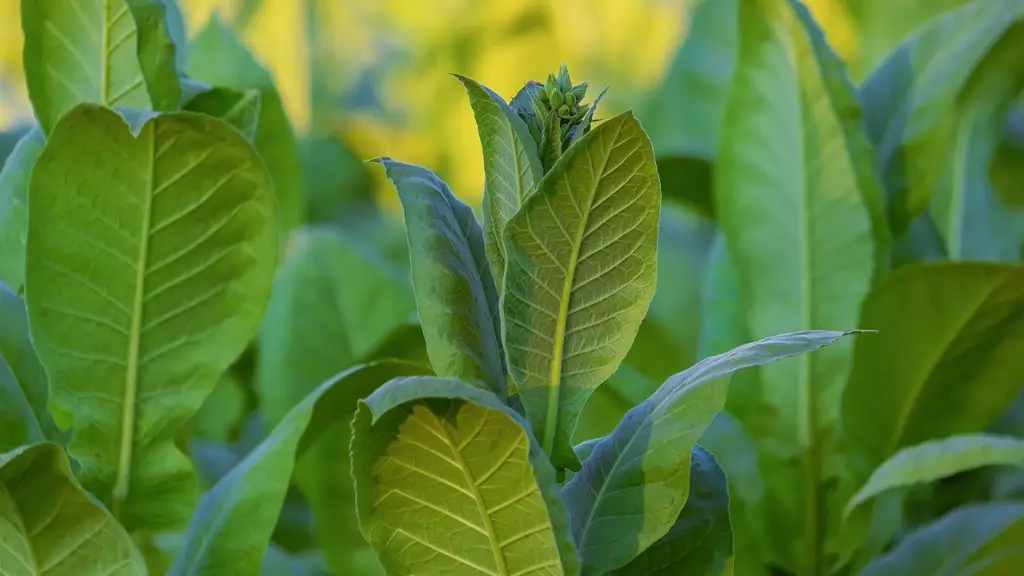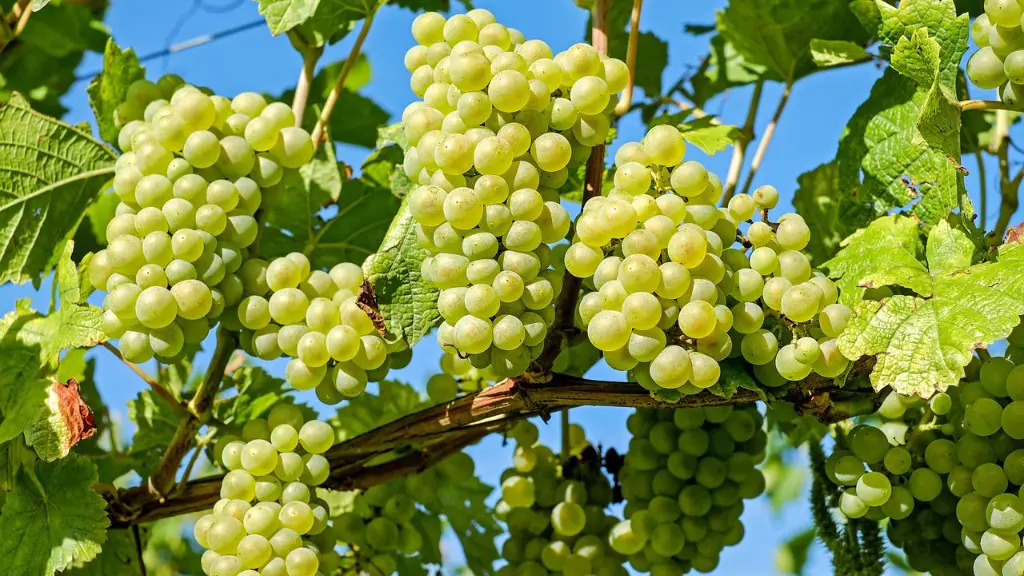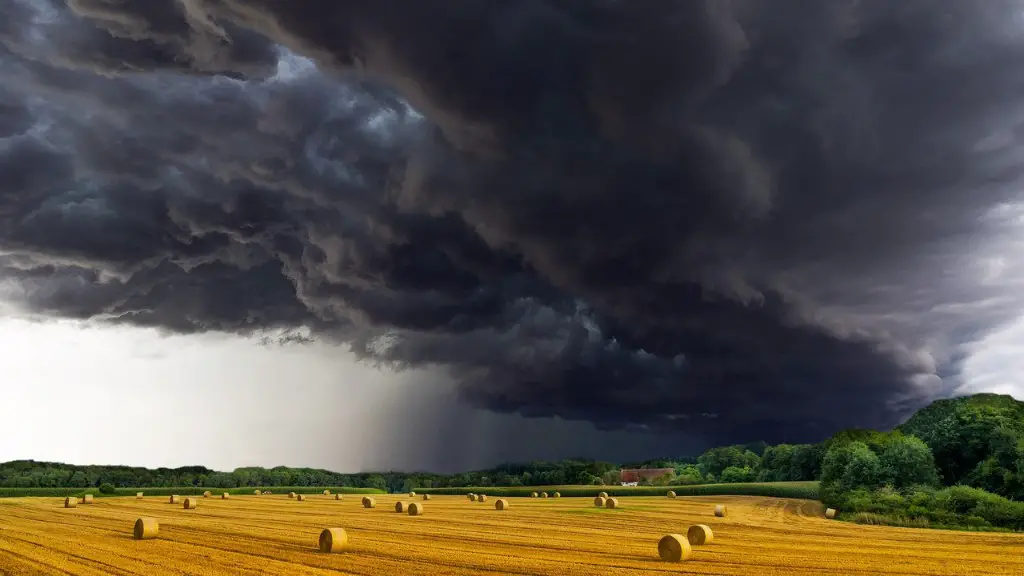Phenotyping in agriculture is the process of utilizing advanced technologies and a combination of biological and physical data to assess crop genetic characteristics in order to maximize yield and quality. This process enables researchers and farmers to identify high-performing plant varieties and detect crop traits or characteristics related to pests, diseases and other environmental stressors. Phenotyping brings together advanced genetics and genomics, as well as image analysis and robotic technologies, to measure the phenotype of a plant or its trait at a cellular level.
The process of phenotyping involves gathering various types of data such as physical, biochemical, morphological, and other information that allows the researcher to determine the characteristics of the crop, such as height, leaf area, etc. To gather this data, researchers use various technologies including digital cameras, proximal sensors, unmanned vehicles, hyperspectral imagers, and other devices. Phenotyping also enables researchers to track the growth of plants over time to measure any changes in the characteristics associated with biological processes, such as photosynthesis, as well as changes in characteristics brought about by environmental factors such as solar radiation, water availability, and nutrient levels.
Phenotyping can be used to identify and select high-yielding varieties of crops or plants and to screen for tolerance to biotic and abiotic stressors. This helps researchers develop varieties that are more resistant to diseases, pests, and extreme temperatures or rainfall. Phenotyping also helps researchers in crop breeding, as it allows them to select superior plants for hybridization or selection purposes. Finally, phenotyping enables researchers to identify a range of traits which are useful for biotechnological breeding, such as disease resistance, yield, ripening times, and nutrient content.
Phenotyping is an essential tool for precision agriculture, as it enables farmers to gain an understanding of their crops’ performance and to identify environmental stressors that could affect crop production. By monitoring the performance of crops with phenotyping technology, farmers can adjust their management practices to reduce losses and increase yields. Phenotyping also helps ensure compliance with environmental regulations by monitoring pesticides, fertilizers and other inputs used in agriculture.
The use ofphenotyping in agriculture is growing rapidly, as more advanced technologies are becoming available. Researchers are using new methods and technologies to measure more characteristics than ever before. Phenotyping is also becoming more cost effective and efficient, allowing growers to use it on a regular basis. The advances in phenotyping technology are enabling the industry to increase crop quality, yield, and sustainability.
Phenotyping and Automation
Automation has become an important part of phenotyping in agriculture, as it allows researchers to quickly gather vast amounts of data on crops, without the use of manual labor and resources. Automation enables researchers to accurately measure and monitor crop growth, as well as identify environmental stressors that could affect the plants. Automation also enables researchers to track the performance of plants over time, which is important for breeding and selection purposes. Automation also allows growers to monitor their crops more efficiently and accurately, as they have access to real-time data. This enables them to make more informed decisions about pest control, water use, and other aspects of crop production.
Phenotyping and Machine Learning
Machine learning has become an integral part of phenotyping in agriculture, as it helps researchers to more effectively and accurately identify plant characteristics and performance. Machine learning algorithms can analyze complex data to detect subtle nuances in a plant’s phenotype, which can then be used to optimize management strategies for crop production. Machine learning can also be used to monitor crops over time to identify changes in characteristics, as well as detect diseases or pests that could affect crop yields. In addition, machine learning can be used to identify beneficial traits, such as drought or pest tolerance, which can help farmers select the right varieties of crops for their farms.
Phenotyping and Big Data
Big data is another essential component of phenotyping in agriculture, as it allows researchers to analyze larger amounts of data and accurately predict crop performance. Big data allows researchers to collect vast amounts of information on a single crop, such as genetic background, environment, and management practices, which can then be used to identify genetic traits associated with improved performance. Big data can also be used to identify potentials sources of resistance to pests, diseases, and other environmental stressors. Big data can also be used to monitor and analyze crop performance over time, from seedling emergence to harvest.
The Benefits of Phenotyping
Phenotyping in agriculture has numerous benefits, including improved yields, increased crop quality and sustainability, and more efficient management practices. The data collected through phenotyping enables researchers to accurately identify and select high-performing varieties of crops, as well as develop resistant varieties. This data also enables farmers to adjust their management practices to optimize crop performance and reduce environmental stressors. Additionally, machine learning algorithms and big data can be used to monitor crop performance and identify beneficial traits in plants. As technology advances, the use of phenotyping in agriculture is expected to increase and become an invaluable asset to the cultivation of crops.


